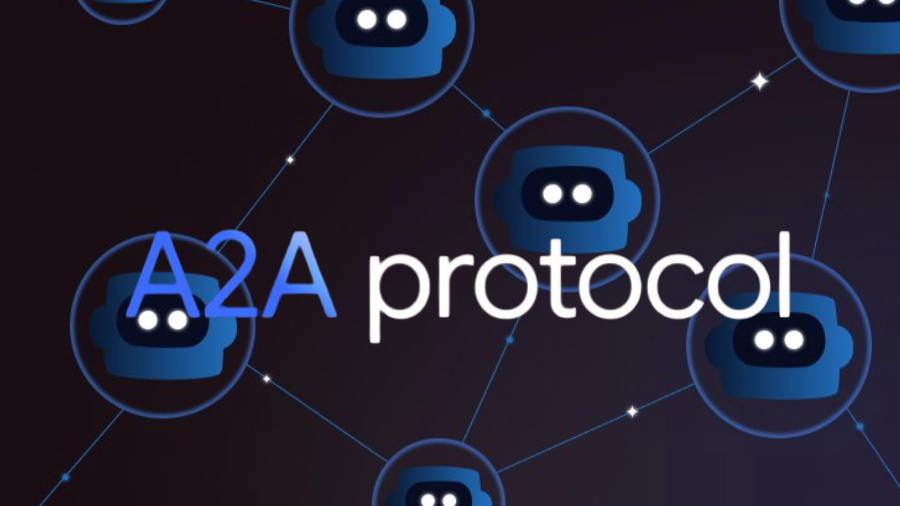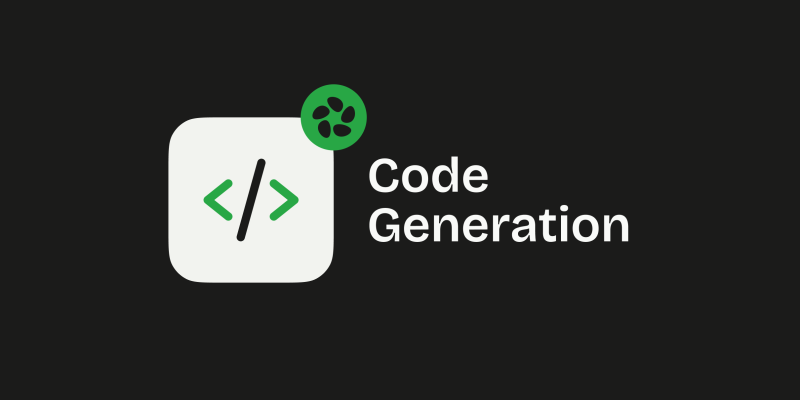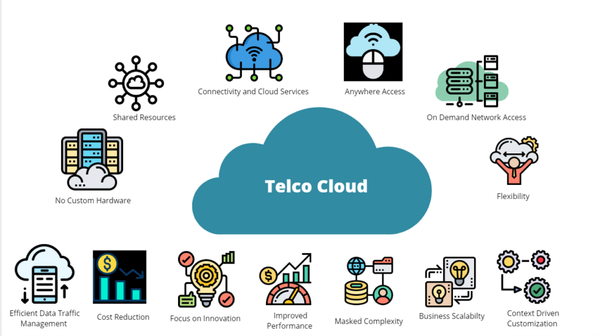Exploring Agent2Agent: How AI Agents Collaborate to Solve Complex Problems
Introduction to Agent2Agent and Its Potential
In the rapidly evolving landscape of artificial intelligence, we're witnessing the emergence of a paradigm shift: the transition from isolated AI systems to collaborative frameworks where multiple AI agents work together seamlessly. This approach, known as Agent2Agent (A2A), represents not just an incremental improvement in AI capabilities, but a fundamental reimagining of how intelligent systems can interact to solve problems that would be impossible for a single agent.
Agent2Agent is built on a simple yet powerful premise: when AI systems communicate and collaborate—much like human teams—they can achieve outcomes far beyond their individual capabilities. This model of AI cooperation creates a network effect where the combined intelligence of the system grows exponentially with each additional agent.
"Agent2Agent collaboration is not just about connecting systems; it's about creating an ecosystem where specialized AI entities can coordinate efforts, share insights, and collectively tackle complex business challenges that were previously unattainable." — Google's A2A Protocol Announcement, April 2025
The potential applications are vast and transformative. From streamlining complex workflows across enterprise systems to creating dynamic customer service experiences that draw on multiple knowledge domains simultaneously, Agent2Agent frameworks are poised to redefine what's possible in the AI-powered business landscape.
Real-World Examples of AI Agents Working Together
Microsoft Copilot and Its Agent Ecosystem
Microsoft has been at the forefront of developing enterprise-grade AI agent collaboration. Their Copilot system, initially launched as an AI assistant, has evolved into a platform where multiple specialized agents operate in concert to deliver comprehensive solutions. According to Microsoft's announcements in late 2024, Copilot Studio now enables organizations to build and deploy autonomous agents that can perform tasks independently while still communicating with each other and with human users.
Microsoft Copilot Agents in Action:
At Toyota Motor Corporation, a system of approximately nine generative AI agents works together to store and share knowledge across the organization. These agents handle everything from technical documentation to collaborative problem-solving, with each agent specializing in a specific domain but capable of consulting others when needed.
In November 2024, Microsoft announced expanded security measures for their AI agent ecosystem, addressing one of the key concerns around autonomous systems. These include comprehensive enterprise data protection features, encryption, data loss prevention, and a responsible AI strategy to address risks like prompt injection.
Salesforce Agentforce: Enterprise-Grade Agent Collaboration
In October 2024, Salesforce officially launched Agentforce, a platform designed specifically for building and deploying collaborative AI agents within enterprises. The system represents a significant advancement in how businesses can implement multi-agent AI strategies.
Agentforce goes beyond traditional chatbots and copilots by enabling AI agents to make autonomous decisions and take actions across various business functions. These agents can resolve customer cases, qualify sales leads, and optimize marketing campaigns without constant human oversight.
"Agentforce is redefining what's possible in business and beyond, ushering in a new era of AI abundance and limitless workforces that augment every employee, build deeper customer relationships and drive unprecedented growth and profitability." — Marc Benioff, Chair and CEO, Salesforce
What makes Salesforce's approach particularly notable is how each agent can be triggered by changes in data, business rules, pre-built automations, or API calls from other systems. This enables a truly collaborative ecosystem where agents respond not just to human requests but to signals from other AI systems as well.
Real-world implementations at companies like OpenTable have shown impressive results. According to their Senior VP of Global Customer Success, George Pokorny, "Saving just two minutes on a 10-minute call lets our service reps focus on strengthening customer relationships... It's not just about solving problems faster—it's about creating better, more meaningful interactions with our diners and restaurants."
Google's Agent2Agent Protocol (A2A)
Perhaps the most significant development in this field came in April 2025 with Google's release of the Agent2Agent (A2A) Protocol. This open-source specification is designed for building AI agents that can connect with other agents that support the protocol, regardless of their underlying frameworks or vendors.
The A2A protocol represents a foundational layer for true agent interoperability, with Google collaborating with over 50 technology partners including Atlassian, Box, Cohere, Intuit, Langchain, MongoDB, PayPal, Salesforce, SAP, ServiceNow, and others.
The protocol is built on five key principles:
- Embracing agentic capabilities for natural collaboration between agents
- Building on existing standards like HTTP, SSE, and JSON-RPC
- Being secure by default with enterprise-grade authentication
- Supporting long-running tasks that may take hours or days
- Being modality agnostic to support text, audio, and video interactions
A practical example of A2A in action is a candidate sourcing scenario. Within a unified interface, a hiring manager can task their agent to find candidates matching specific job requirements. This primary agent then interacts with specialized agents to source potential candidates, conduct background checks, and schedule interviews—all through standardized communications that allow these diverse agents to work together seamlessly.
Benefits and Challenges of Implementing Agent2Agent
Key Benefits
Enhanced Problem-Solving Capabilities
The most significant advantage of Agent2Agent systems is their ability to tackle complex, multi-faceted problems that would overwhelm single agents. By distributing different aspects of a problem to specialized agents, these systems can deliver more comprehensive and nuanced solutions.
Improved Operational Efficiency
According to Salesforce research from 2024, consumers spend up to nine hours interacting with customer service to resolve a single issue, and 67% of consumers feel frustrated when customer service can't resolve their issues instantly. Agent2Agent systems address this by enabling parallel processing of requests and distributing workloads optimally across different specialized agents.
Around-the-Clock Availability
Multi-agent systems can provide consistent service quality 24/7, without the limitations of human work schedules. At Wiley, implementing Agentforce resulted in a more than 40% increase in case resolution during their busy back-to-school season.
Seamless Cross-System Integration
Agent2Agent protocols like Google's A2A enable previously siloed systems to communicate effortlessly, breaking down technological barriers that have traditionally limited enterprise automation and intelligence.
Significant Challenges
Security and Privacy Concerns
As information flows between multiple agents, ensuring data security becomes increasingly complex. Gartner predicts that by 2028, about 1 in 4 enterprise breaches will be traced back to AI agent abuse, necessitating robust security mechanisms.
Coordination Complexity
Orchestrating multiple AI agents requires sophisticated orchestration layers to prevent conflicts, redundancies, or deadlocks in multi-agent operations.
Trust and Verification
When multiple agents collaborate on a task, tracing the reasoning behind decisions and ensuring accurate results becomes more challenging, requiring new approaches to explainability and verification.
Implementation Barriers
Despite the promise of standards like A2A, implementing truly interoperable agent systems often requires significant technical expertise and resources, creating barriers for smaller organizations.
The Future of AI Collaboration in Business
The evolution of Agent2Agent technology signals a fundamental shift in how businesses will leverage AI in the coming years. Based on current developments and expert projections, several trends are emerging that will shape this landscape:
Emerging Trends
Standardization of Agent Communication
The introduction of protocols like Google's A2A and their adoption by major technology providers suggests we're moving toward standardized ways for agents to communicate. This standardization will accelerate development and deployment of multi-agent systems across industries.
Specialized Agent Marketplaces
As agent technology matures, we're likely to see the emergence of marketplaces where businesses can access specialized agents designed for specific industries or functions, similar to today's app stores but for AI capabilities.
Agent Orchestration Platforms
The complexity of managing multiple agents will drive the development of sophisticated orchestration platforms that can coordinate agent activities, resolve conflicts, and optimize overall system performance.
Business Impact
The business implications of widespread Agent2Agent adoption are profound:
- Operational Transformation: Multi-agent systems will increasingly handle complex workflows autonomously, freeing human workers for higher-value activities.
- New Business Models: Companies can leverage Agent2Agent frameworks to create entirely new service offerings that weren't previously feasible with isolated AI systems.
- Competitive Advantage: Early adopters of sophisticated multi-agent architectures may gain significant advantages in operational efficiency and customer experience.
"Salesforce strongly believes that an open-source protocol such as A2A will enable complex agent workflows, accelerate our partner integrations, and move the industry forward with cross-platform agents that collaborate effectively." — Tapasvi Moturu, Vice President, Software Engineering for Agentic Frameworks at Intuit
Preparing for the Agent2Agent Era
For businesses looking to leverage the power of collaborative AI agents, several preparatory steps are crucial:
- Data Readiness: Ensure your organization's data is structured and accessible to support multi-agent operations.
- Security Framework: Develop comprehensive security protocols specifically designed for multi-agent AI systems.
- Skills Development: Invest in developing internal expertise in agent orchestration and management.
- Use Case Identification: Identify specific business processes where collaborative agents could deliver the most significant value.
- Ethical Guidelines: Establish clear policies governing how agents interact with humans and with each other in your organization.
Conclusion
The Agent2Agent paradigm represents one of the most significant developments in artificial intelligence since the emergence of large language models. By enabling AI systems to collaborate effectively, this approach unlocks new possibilities for automation, problem-solving, and customer engagement that were previously unattainable.
As standards like Google's A2A protocol gain widespread adoption and platforms like Microsoft Copilot and Salesforce Agentforce continue to mature, we can expect to see increasingly sophisticated multi-agent architectures becoming commonplace across industries.
The businesses that thrive in this new landscape will be those that recognize collaborative AI as not just another technological innovation, but as a fundamental shift in how intelligent systems operate—a shift that requires new strategies, skills, and organizational approaches.
The age of isolated AI is giving way to the era of Agent2Agent collaboration, and the possibilities are just beginning to unfold.



